The primary purpose of a retaining wall is to withstand soil pressure.
These structures are composed of materials different from ordinary walls to enhance their strength.
Concrete is commonly used for retaining walls despite its known drawbacks, such as limited tensile strength.
An essential aspect of retaining walls is their ability to manage water pressure, achieved through weep holes in retaining walls.
These small openings facilitate drainage and reduce hydrostatic pressure behind the wall, which is crucial for maintaining the wall’s integrity and preventing damage.
To learn more about the construction, functionality, and importance of weep holes, continue reading.
Construction of Retaining Walls Using Concrete Material
Retaining wall construction materials undergo lots of pressure in different environmental changes when they are constructed and incorporate stress such as compression, tension, and shear.
Concrete has good compression strength, but its tensile strength is weak compared to other types of strength.
Now, you must be thinking that if the concrete is not worthy of use in retaining walls, how many retaining walls are made of concrete?
The answer to this question is concrete reinforcement.
What is Concrete Reinforcement?
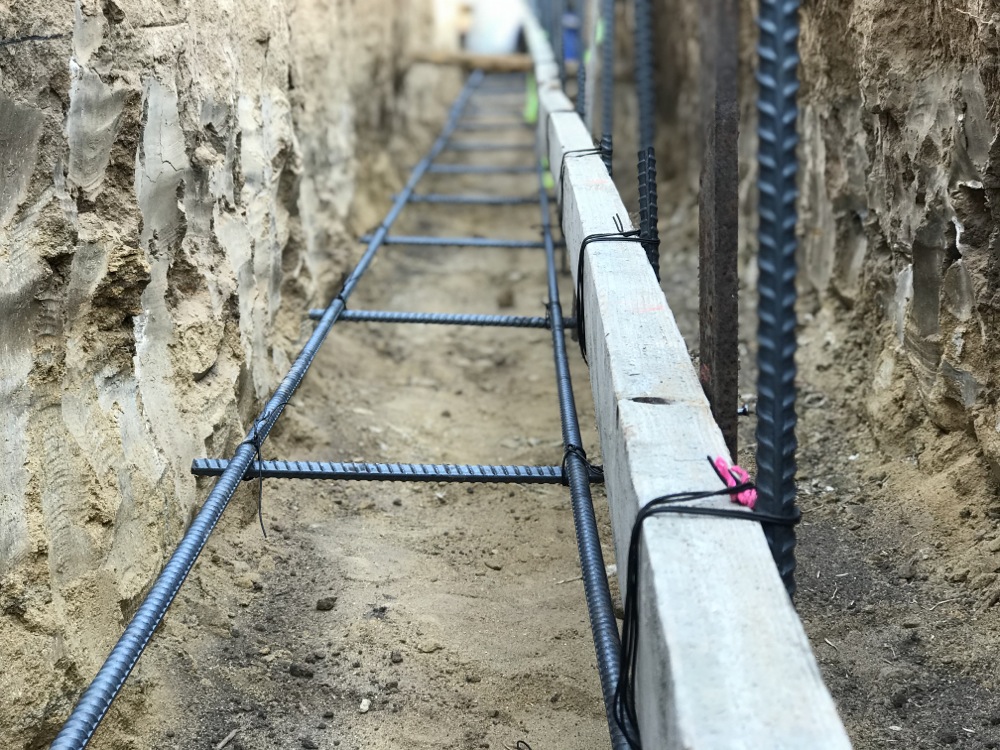
As we discussed in the earlier part of the article, concrete lacks tensile strength.
Deformed steel reinforcement, commonly known as rebar, helps to achieve that tension in concrete.
Eventually, the use of reinforced concrete composite in retaining wall structures enhances the tensile strength of the wall.
Nowadays, there are variations available in rebar components, such as stainless steel rebar, carbon steel rebar, galvanized rebar, expanded metal rebar, and fiberglass rebar.
Here, we are talking precisely about retaining wall structure. So, let’s find out which rebar size is generally required to reinforce the concrete retaining wall.
Which Rebar Size is Used to Form a Retaining Wall?
Let’s begin with which criteria overall rebar reinforcement will be applied on cocreate.
- Place Inspection—To reinforce the rebar while constructing a concrete retaining wall, the first and foremost aspect is to note the place, the exact purpose of this retaining wall installation, and the size of the wall, i.e., height, length, thickness, etc., where the retaining wall is going to be constructed.
- Required QuantityThe amount of small rebar needed for the wall also depends on its height, length, thickness, etc. The contractor will calculate the required rebar for the retaining wall.
- Analyzing Reinforcement Structure—In retaining wall construction, rebar is reinforced in the bottom part of the wall to provide maximum strength to the base construction. Ultimately, this improves the capacity of the wall, as these walls are meant to be strong enough to handle any earthen pressure or stress.
- Required Size and Spacing—The rebar size for retaining walls needs to be #5, which is 15M, as these walls confront a maximum amount of pressure. Most contractors prefer the #5 size to improve their capacity.
The spacing of rebar also depends on the size of the wall. Some experts recommend a 16-inch gap between the two rebars.
Note—All the construction-related decisions must be followed by government regulation
We have discussed the formation of retaining wall reinforcement using a rebar structure until now.
Let’s learn about another important component of retaining walls: retaining wall weep holes.
What are Weep Holes in the Retaing Wall?
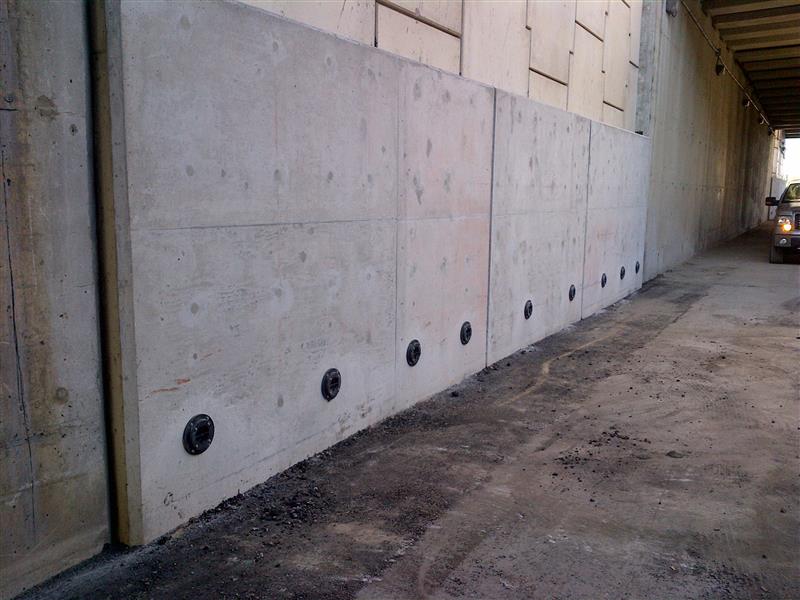
Weep holes are another important component of the retaining wall, as they enhance the retaining wall’s strength with their venting structure.
Weep holes are also a drainage system of retaining walls, and they help to release the pressure from the wall by draining the existing water from earthen material such as soil.
Retaining walls are generally constructed to hold back the soil, so in some climatic conditions, they absorb water.
Ultimately, the pressure of this water-contained soil adds too much load on the wall.
So, these weep holes are formed to release that pressure by venting the water from the soil.
Weep holes provide ventilation to the walls and control moisture levels in them. In addition, weep holes in retaining walls resist cavities by their venting structure.
Conclusion
The retaining wall construction process is completely different from the standard wall construction process as they are formed to face major material pressure.
Hence, their structure involves some important components, especially concrete retaining walls, which need to be reinforced to enhance their capacity.
So, here, we have described one commonly used reinforcement element of the concrete retaining wall.
In this article, we have thoroughly explained the rebar element, along with its definition, uses, purposes, and overall structure in the retaining wall, i.e., type, size, spacing, etc.
Apart from the rebar element, we have also described the weephole component of the retaining wall, including its purpose and benefits.
This article will provide you with information about the overall retaining wall concept in a simple tone.

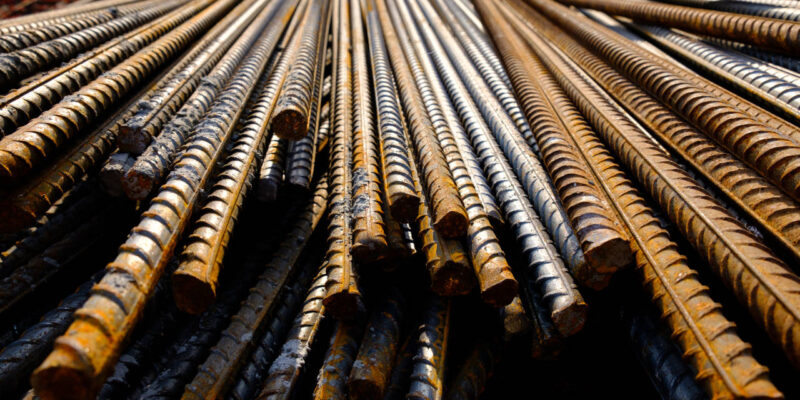
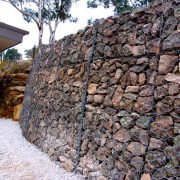
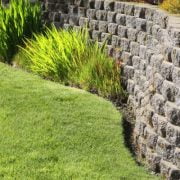



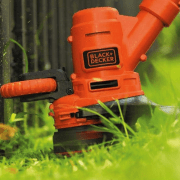
Comments